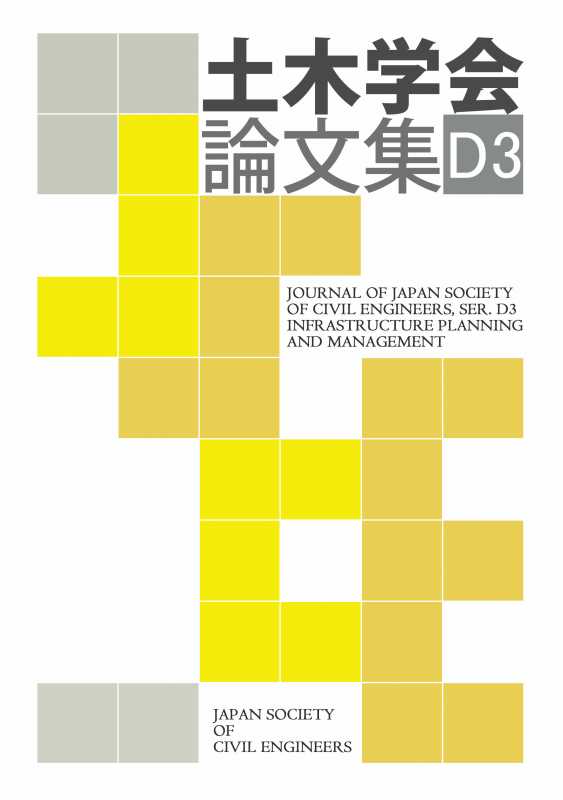Volume 73, Issue 4
Displaying 1-4 of 4 articles from this issue
- |<
- <
- 1
- >
- >|
Paper (In Japanese)
-
2017Volume 73Issue 4 Pages 186-200
Published: 2017
Released on J-STAGE: October 20, 2017
Download PDF (823K) -
2017Volume 73Issue 4 Pages 201-218
Published: 2017
Released on J-STAGE: October 20, 2017
Download PDF (1502K) -
2017Volume 73Issue 4 Pages 219-227
Published: 2017
Released on J-STAGE: October 20, 2017
Download PDF (410K) -
2017Volume 73Issue 4 Pages 228-243
Published: 2017
Released on J-STAGE: November 20, 2017
Download PDF (2363K)
- |<
- <
- 1
- >
- >|
